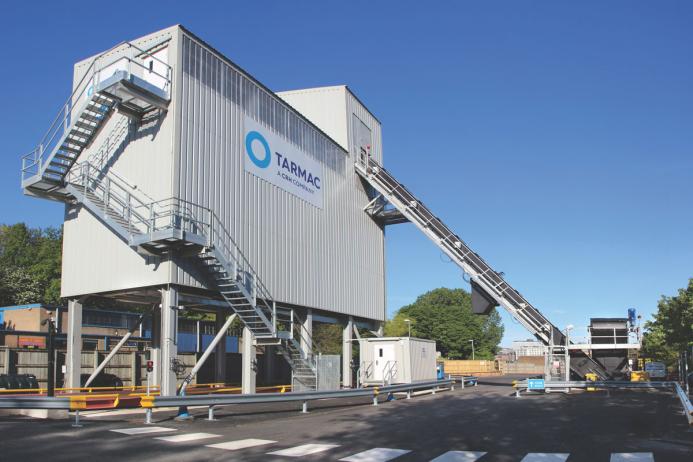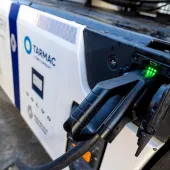The Age of Alliance

First published in the April 2024 issue of Quarry Management
By Andrew Rowley, national commercial director, Tarmac
There was a time in the UK infrastructure sector when work on many projects was transactional. As a materials provider bidding for contracts, it went something like this: you spent time working hard to respond to a tier-one contractor’s bid. You hoped your recommendations would make it into their tender. Your opportunity to engage with the client was minimal at best.
If you did get the work, hierarchies were clear and sometimes so ingrained that they became a barrier to collaborative working. Sound familiar?
Times are, thankfully, very different on major projects today, and one of the most rewarding elements for me about infrastructure delivery is the birth of the enterprise model initiated by Project 13.
This type of collaboration brings together owners, partners, advisers, and material suppliers, working in a more integrated and collaborative way. It is an approach often underpinned by long-term relationships and a greater understanding of the programme’s shared vision and desired outcomes.
Enterprise and alliance working has equipped clients and their professional teams with a better understanding of supply chains and the innovative solutions that can be unlocked as you move through the tiers.
This is in large part because strong long-term relationships have been built with partners and the wider supplier ecosystem. It is easier to have the right ‘mature’ conversations to find solutions that work for everyone. Many in enterprise models have also increased their understanding of suppliers’ constraints but also the opportunities that they can bring to the table.
It has required businesses across the supply chain to refine their propositions too. At Tarmac and our parent company CRH, we have continued to evolve our solutions offer so that this is aligned to major projects. Our aim is to bring tangible environmental and social value outcomes to clients and their partners as part of enterprise-led programmes.
What does a solutions-led approach mean in reality? At one end of the spectrum, it is about developing and providing value-added products – materials that are low carbon, highly durable and technically right for a world transitioning to net zero.
However, it is often also about providing major programmes with the ability to put in place a low-carbon, multi-model logistics offer. It is also about creating the industrial ecosystem of new low-carbon asphalt and concrete plants required in a particular locality for a project.
Smart, enterprise-led clients understand that these solutions are integral to the critical path and that decarbonization and social value targets will only come from early engagement with the supply chain. Time to plan is critical to put the plant and logistics infrastructure in place and to plan for their long-term future and the jobs they will create.
A point I regularly make to many clients and partners today is that these fixed assets will often be operational for a long time after a major project or programme has been constructed. They are planned for the long term and provide local economies with high-skilled manufacturing jobs and materials that are essential for a region’s built environment.
The great thing in an enterprise-led project is that we have moved away from viewing materials purely as a commodity. These teams now consider the environmental and socio-economic factors that are also shaped by materials supply. In the old days, those ideas may not have made it to the best and final offer stage. The age of the alliance calls for greater levels of collaboration and discussion, but it feels a better place to be.
Subscribe to Quarry Management, the monthly journal for the mineral products industry, to read articles before they appear on Agg-Net.com








